While remote scanning technology is not necessarily new, its application is becoming more advanced and its use more common across institutions of all sizes.
ECG conducted a study with senior healthcare leaders about this innovative solution in medical imaging intended to alleviate staffing shortages and enhance operations in MRI.
While remote scanning technology is not necessarily new, its application is becoming more advanced and its use more common across institutions of all sizes.
The availability of certified radiology technologists in today’s market often does not meet the demand for imaging studies—and with demand expected to increase 9% annually, the problem will likely intensify. A shortage of technologists will challenge imaging services providers to offer access to critical diagnostic tools, which may lead to delays in patient care, overextended staff resources, and lost revenue. This is particularly notable with MRI services.
In response to these challenges, vendors are continuing to enhance their technological and staffing support offerings, with several MRI vendors actively promoting innovative remote scanning services.ECG interviewed senior healthcare leaders from a mix of rural hospitals, health networks, and academic medical centers (AMCs) to understand the awareness of, and interest in, remote scanning; perceived and realized merits of the service; and key decision-making considerations related to implementation. 30% of interview participants were already using remote scanning in some capacity.
ECG then coordinated a virtual retreat that included a leading vendor of remote scanning services to further discuss the technology’s value proposition in different environments. This yielded insightful discussion about remote scanning’s ability to support access to care; enhance productivity; and support staff engagement, development, and workflow.Those interviewed specifically noted that remote scanning technology could serve as a foundation for an overall care model transformation or be used to address staffing challenges.
Additionally, several consistent themes emerged related to primary challenges in MRI today, potential benefits of remote scanning, and barriers to adoption. All of these should be considered by organizations as they assess how remote scanning may best optimize their unique MRI services’ operational needs and strategic goals.Primary Challenges for Health Systems
Key Considerations for Adopting Remote Scanning
As organizations look for new and impactful ways to combat staffing and access challenges, they should explore remote scanning solutions for MRI. Specifically, organizations must evaluate key considerations related to barriers to adoption, overall implementation challenges, and realistic ROI.